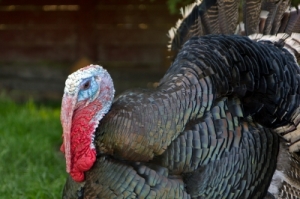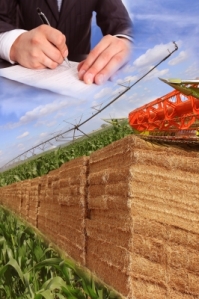This is a somewhat delayed post, and I almost did not write it, but then it sort of kept going around in my mind and I just had to put it down. It all started when I realized that it was the middle of December and my to do list to prepare for the holiday season was untouched. And though the chilly days were calling out for soup, the only thing that was likely to be simmering in my home, given the mountain of unfinished tasks, was me. So I ventured into the soup aisle to pick up a few options for back up.
Since I usually do not buy soup I was again amazed at the variety of options, somewhat overwhelming, really! Within moments, though, this became a real time experiment to see how much information is already on the cartons or cans and how much of it is accurate or, useful.I see so much about the labeling debate on social media, here was the opportunity to see it in action. Consider the first example, in the image above: it said, “natural” which, while vaguely comforting , does not give any real information at all. Although, some consumers might confuse this with “organic” or “sustainable” though there is no evidence that it si either of those things.
In the second category were the soups which came with volumes of information:
“New”, “No GMO” (so, conventionally grown corn but not organic I suppose), “No MSG”, “All Natural” “Low in fat and calories” and “No Cholesterol”, that is quite a lot to, well, process! Pressed for time, surrounded by kids asking for treats, not many of the shoppers around me were actually reading the carton at all. “What soup do you want?” they would ask and into the cart would go the choices that were voiced. The one criterion that they did stop to consider? the price. “Let’s get one of those, they are on sale” was frequently heard. This was interesting to me and bore out what many believe: the push for labeling is less about information and more about marketing. Just as labeling spiked the prices of GMO related products in Europe, forcing them off the supermarket shelves, the same would be seen in the US were mandatory labeling to be introduced, and this would give a huge advantage to other players in the market notably the organic producers.
I was pleasantly surprised by the third category, the cartons with minimal information:
“Gourmet Bisques” is all it said and named the soup. Just for that it did get my vote and, subsequently, came out at the top of the taste test of all the soups I got that day. When I ask around, most people say they pick the flavors they like and keep in mind the price, that is all. Of course, there are those who will not buy anything but organic ( and those soups were in the organic aisle, easily sorted for their convenience). Since that label already exists, it is hard to understand why another label needs to be added.
But, of course, one must consider the pro-label point of view. And that is where this piece is so insightful. The writer believes in the “right to know” and sets out to research whether costs would really go up in a prohibitive way if labeling was mandatory. A survey of work in this area does support the position that costs would rise: to the farmer, the state and of course, the consumer. Added to the dollars and cents price, there would be a larger price to pay. If rising costs lead to the substitution of GMO ingredients with non-GMO ones, there would be a decline in the research and development of GMO technology and this is crucial. GMO technology is not simply about yield or profits, it also offers the ability, for instance, to combat malnutrition by fortifying foods that people eat daily with essential nutrients. The most famous example of this is Golden Rice which can be used to prevent deaths from Vitamin A deficiency. Equally crucial is the potential of biotechnology in developing drought resistant or flood and salinity tolerant varieties of crops which would be able to combat the challenges of a changing climate. The choice of GMO crops also has other environmental consequences which are often overlooked, discussed here.
Ultimately, the writer decides that the right to know, while important, has to be considered in conjunction with the realization that while some have the luxury of choice, for others, even the right to eat is an uncertain one. A show I was watching recently had the now familiar scene, where the server recites the provenance if each item in the menu to the diner. After describing in glowing terms the grass fed beef, the carrots and broccoli from the local farm “only x miles from here”, when the server kept it short with the “fresh asparagus”, the irritable diner snapped back “That’s it? You expect me to eat my dinner without any clue about the early life and upbringing of the asparagus?” Our world includes this diner and also the one who will go to bed hungry with no asparagus at all, and our policies need to work for both of them.
What if we were provided information like this: “This crop was grown using biotechnology which meant that less cropland was required to grow it and some land could be left for conservation. It requires less pesticide use making it gentle on our planet and on our farm workers. This is a variety that was developed to grow with less water so we could conserve our shrinking water reserves. It is fortified with a nutrient that will prevent a common deficiency and ensure better health for children.”Now, that is a label which would have my support.












